Miller and the sweep
six shot story board – rough draft
monaco spectrum of the arts
The main three forms of the arts are the performance arts, the representational arts and the recording arts.
The Performance Arts
The performance arts are forms of that art where the performers use their voices and bodies or objects to convey emotion such as dance or acting.

The Representational Arts
The representational arts are more visual and are usually either a book or some form of painting or drawing.

The Recording Arts
The recording arts are where the performance is recorded then usually edited and then shows to people like a film.
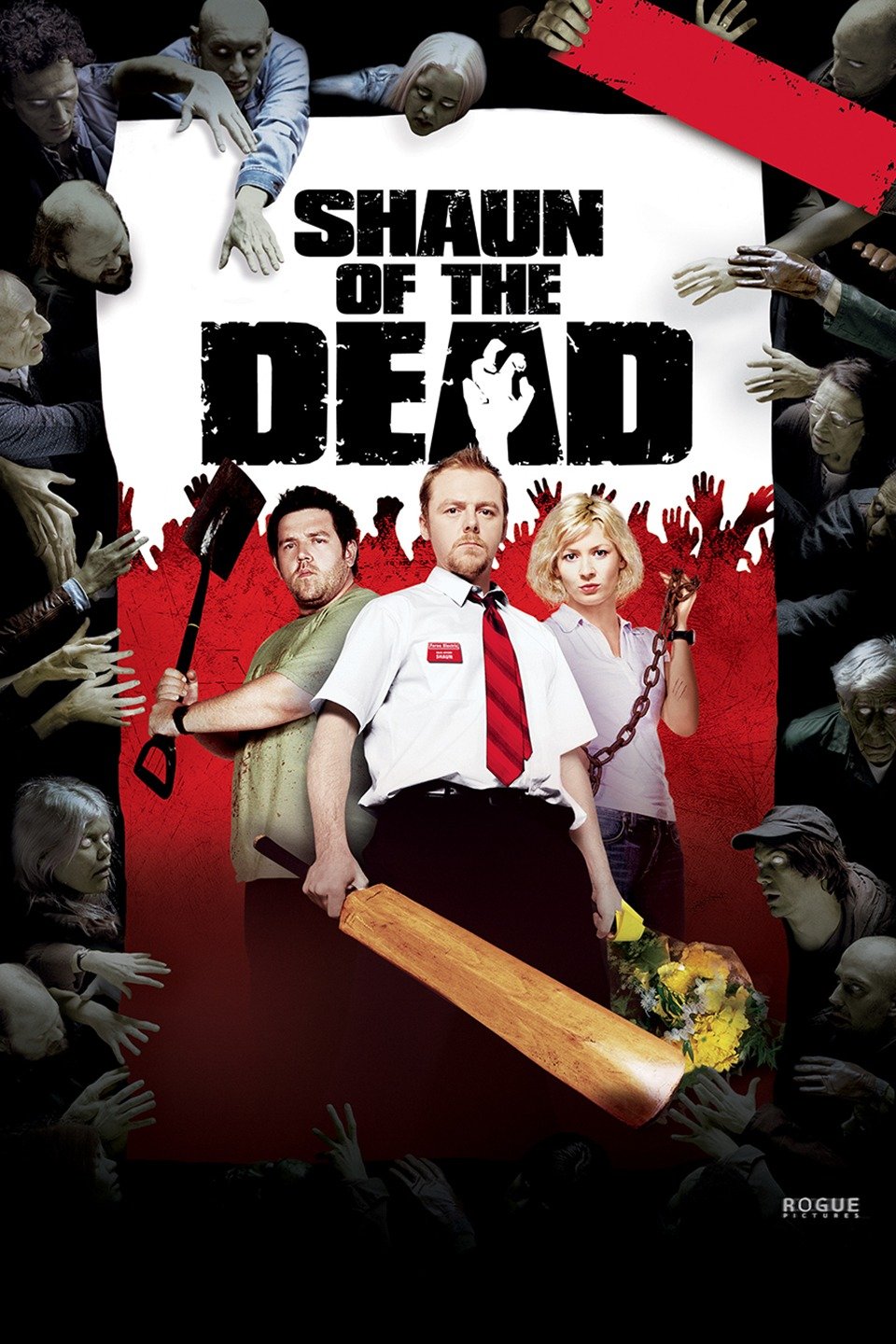
The main difference between performance arts and recording arts is that with a live stage production you decide where to look but with a film the cinematography and mise-en-scene either directly tell you where to look or more subtly guide your eyeline towards a point of focus.
film editing
The slides and activities for this week’s lessons are located here
Shot Movements

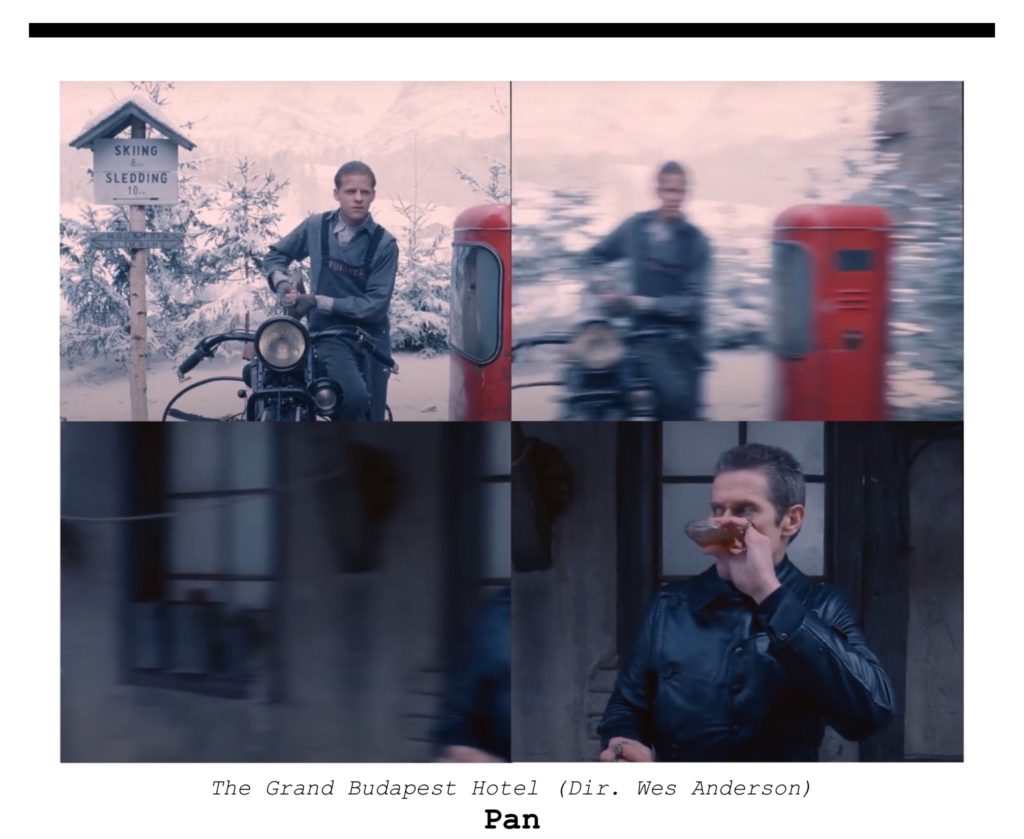

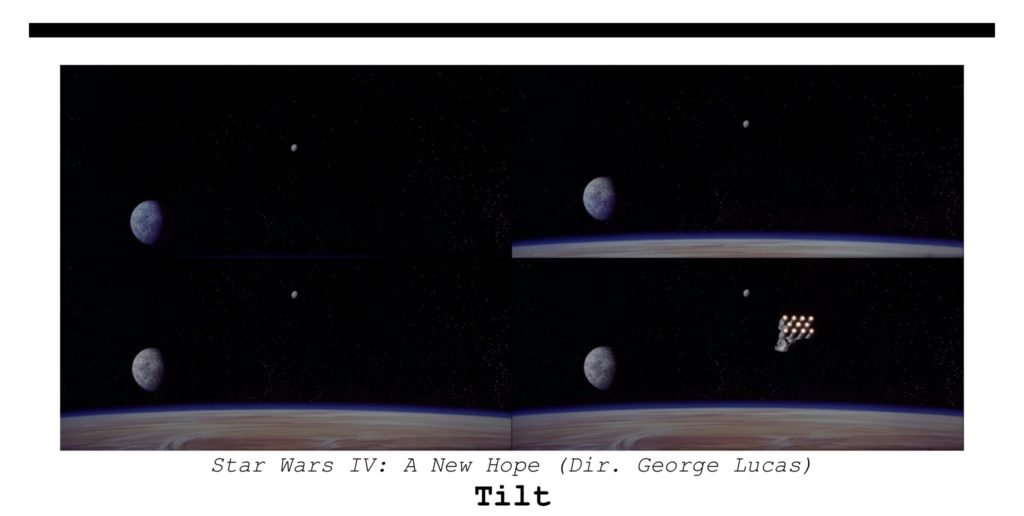
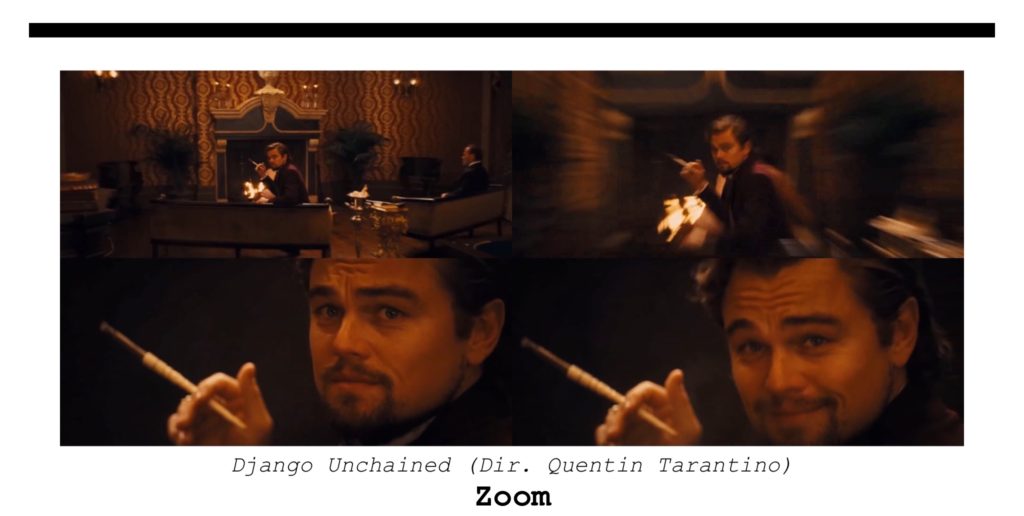
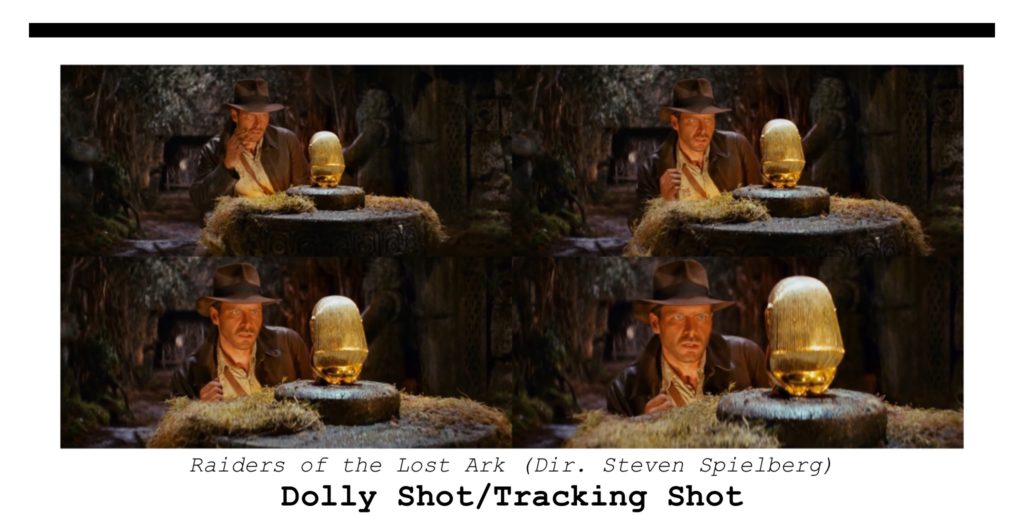
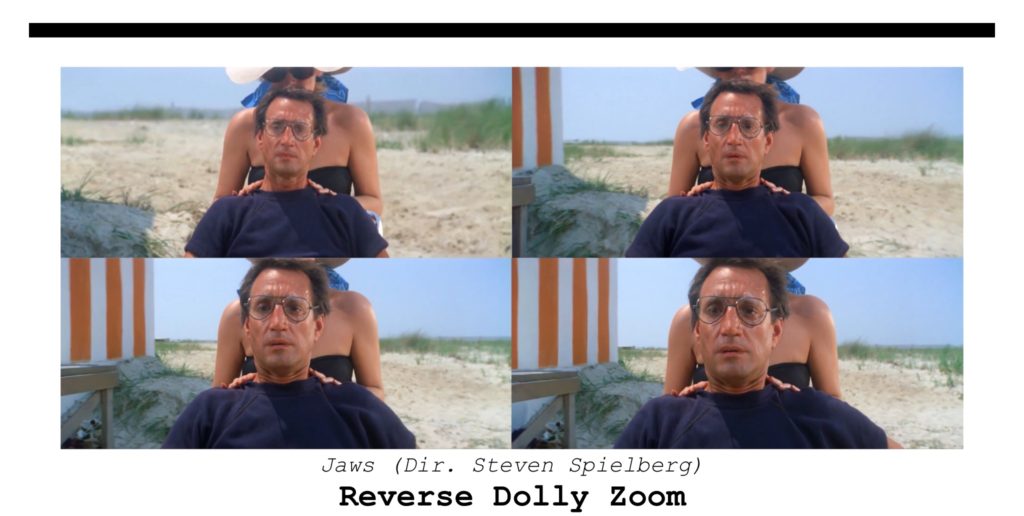
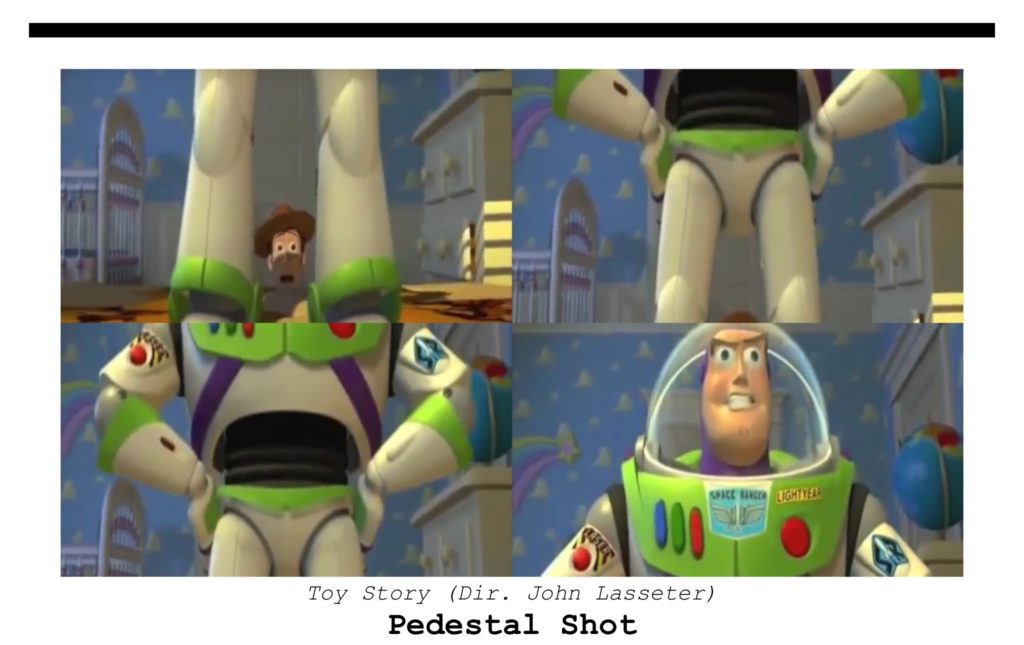
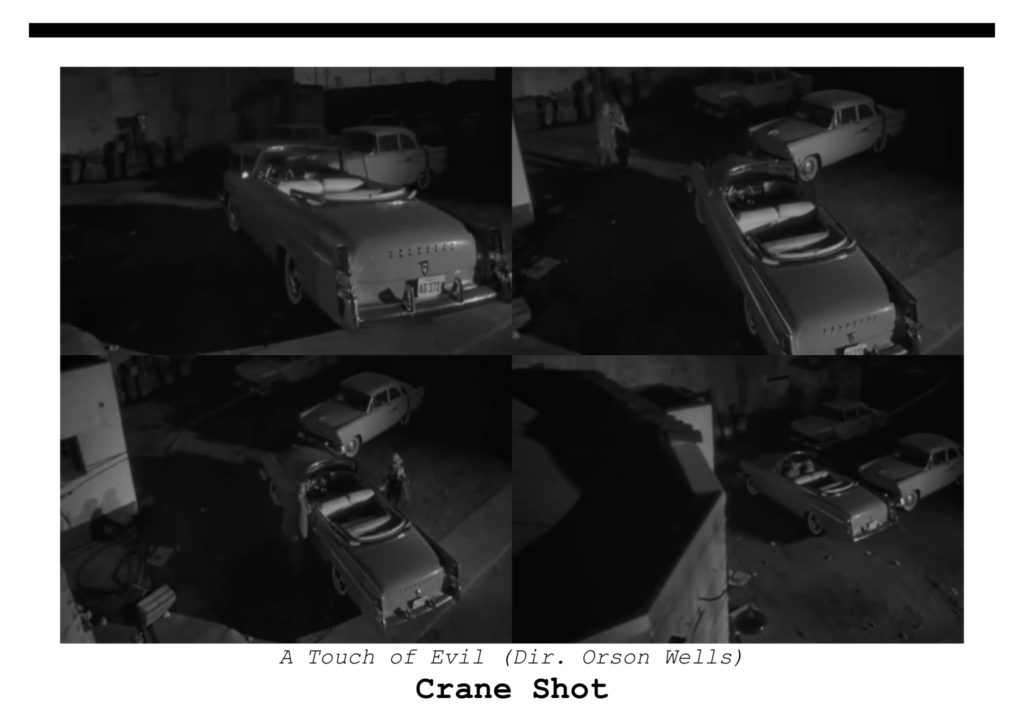
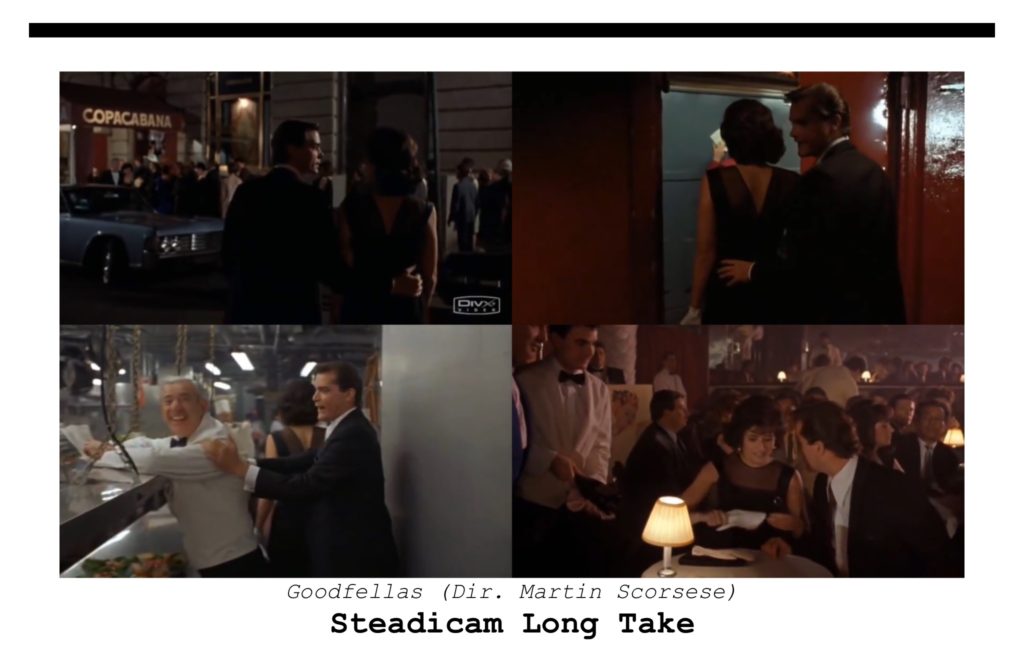
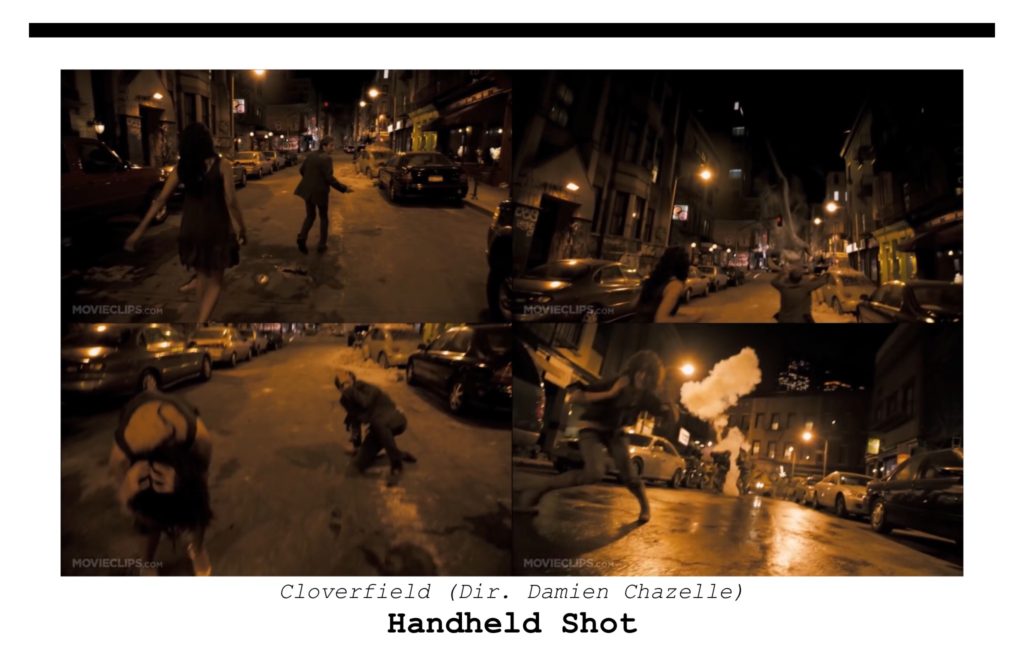

Shot Types

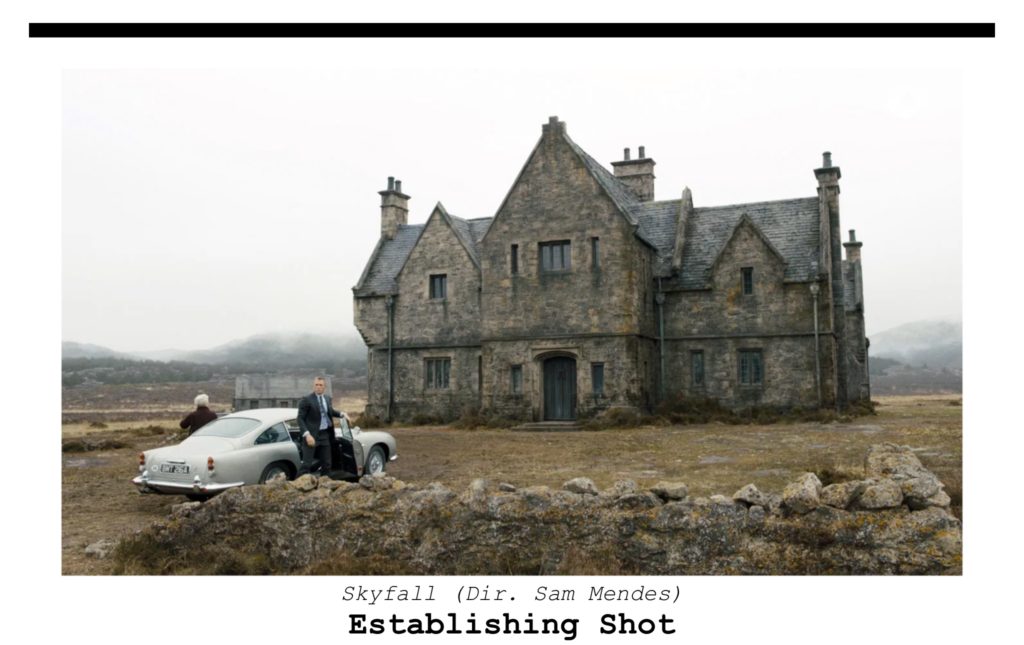
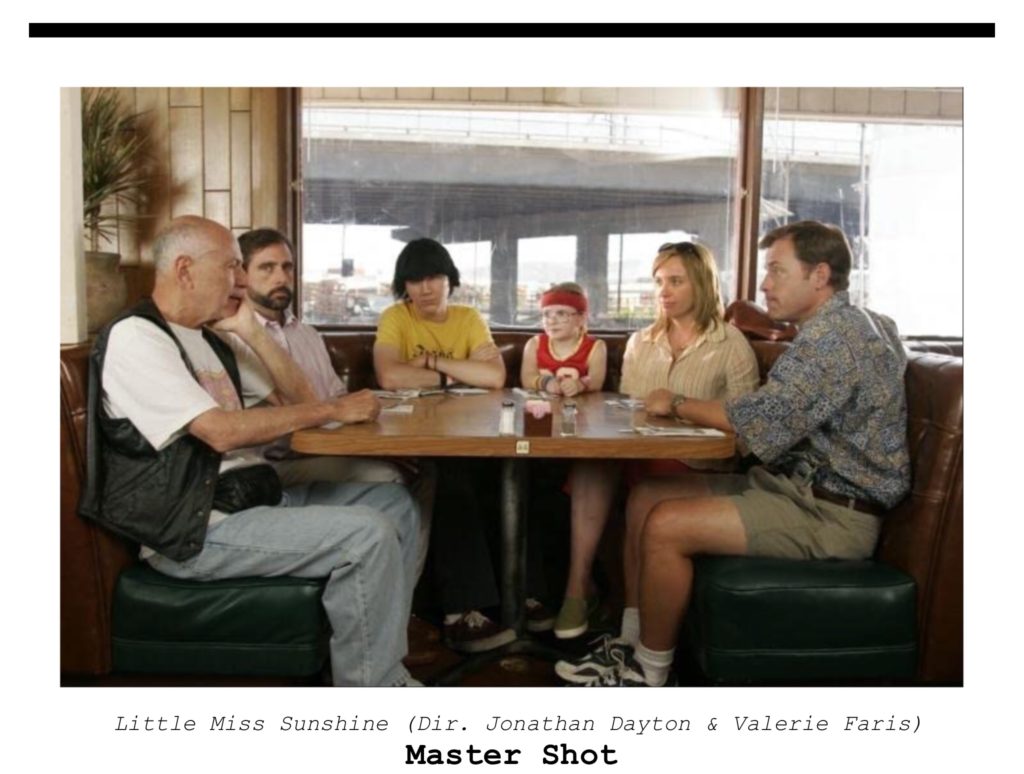
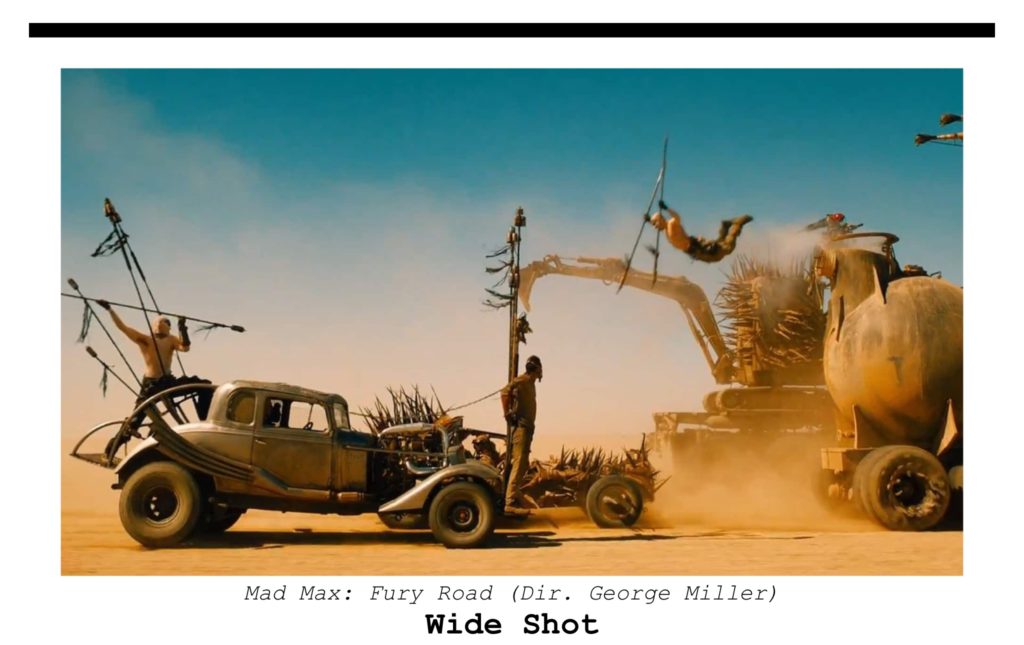

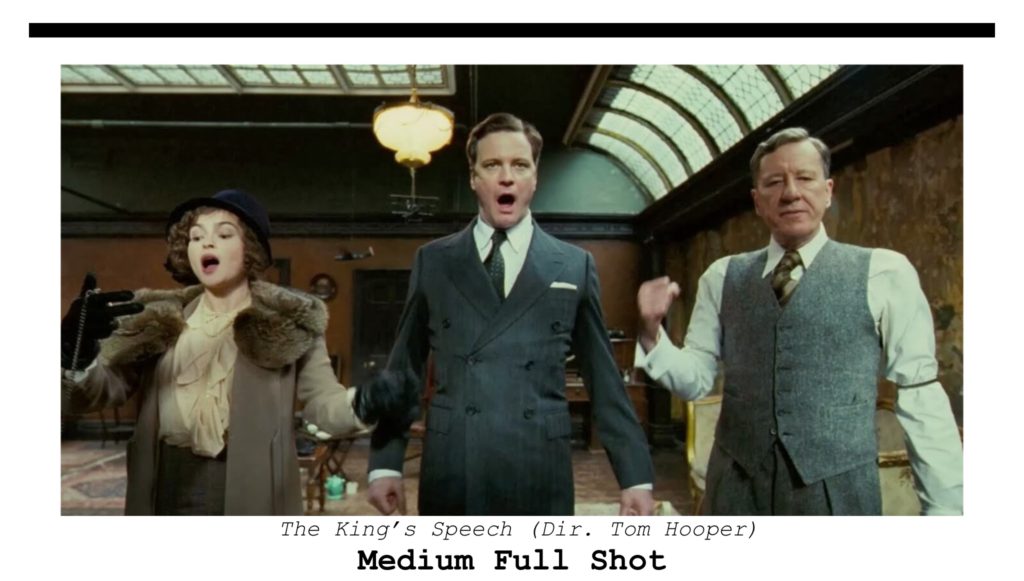
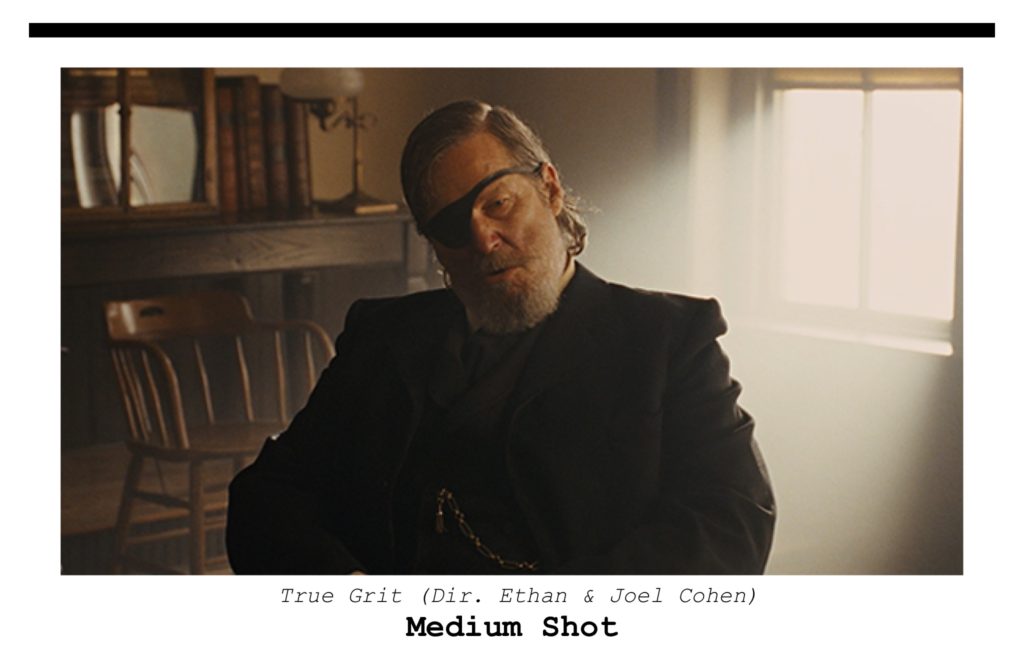
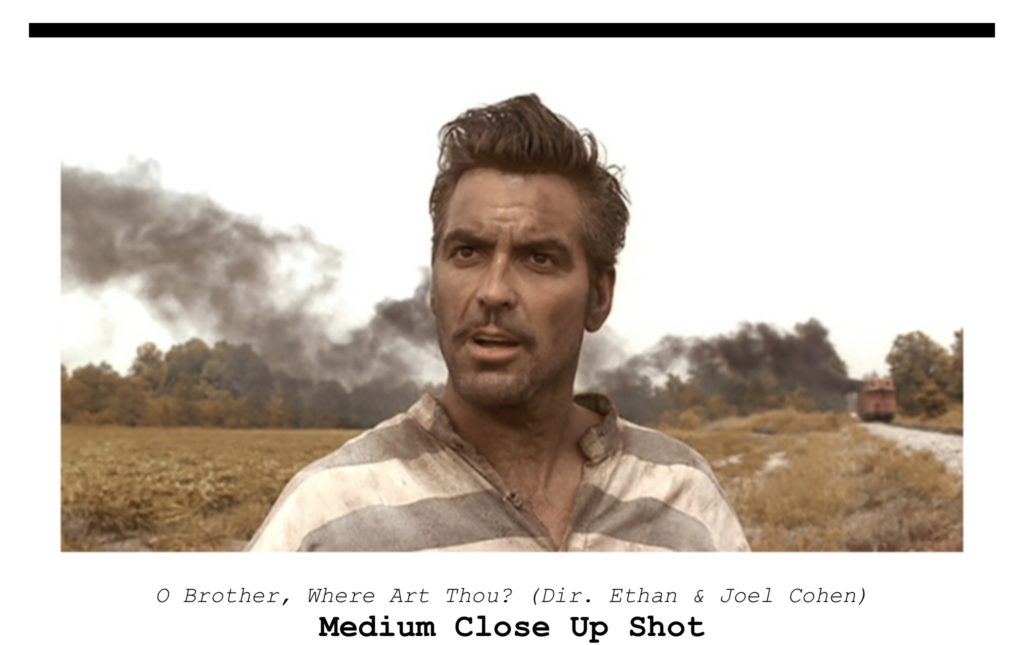
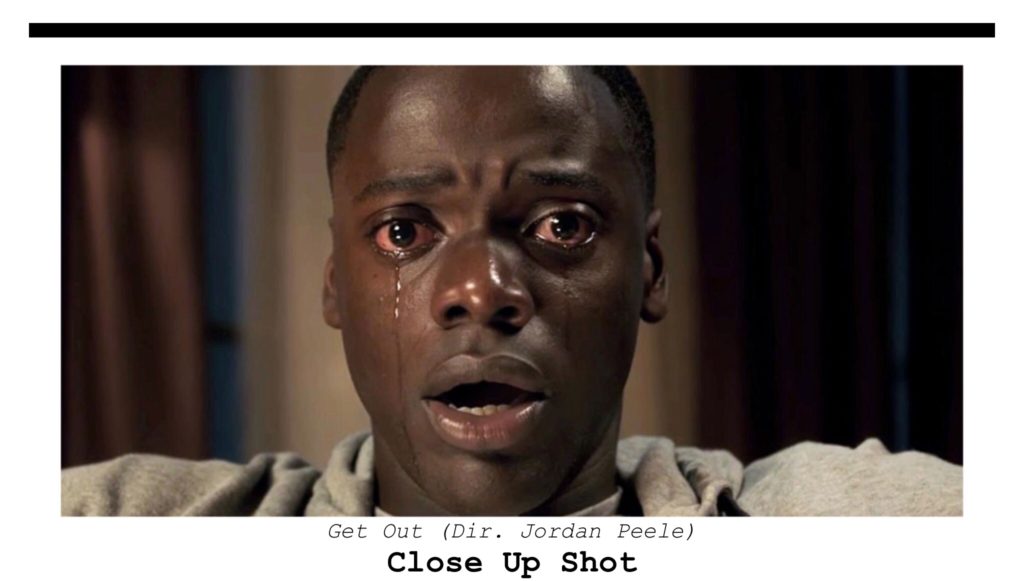
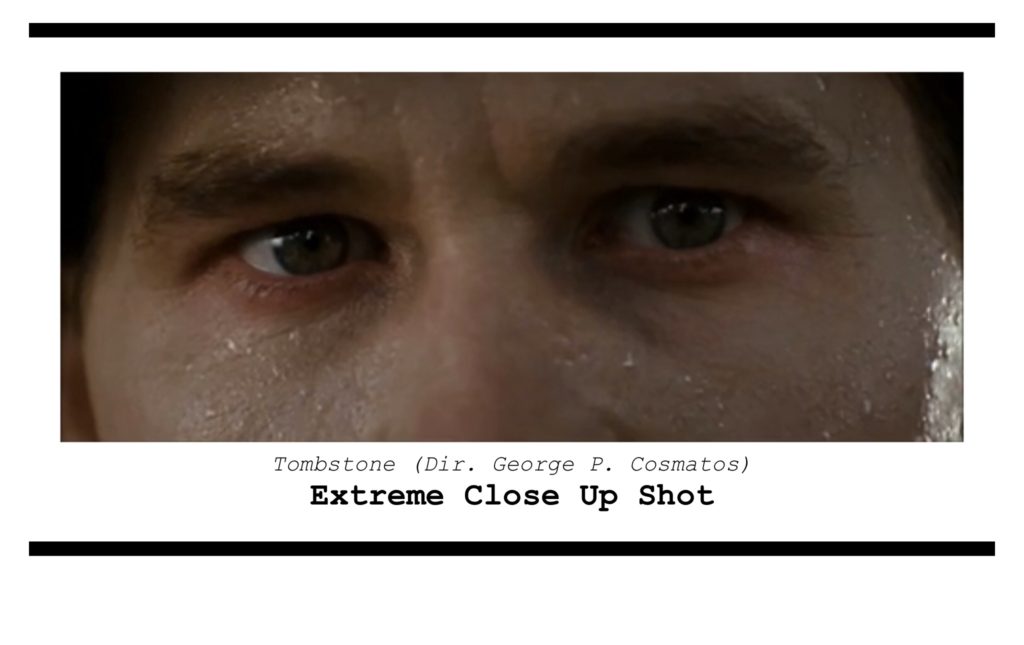
Cinematography and diegesis


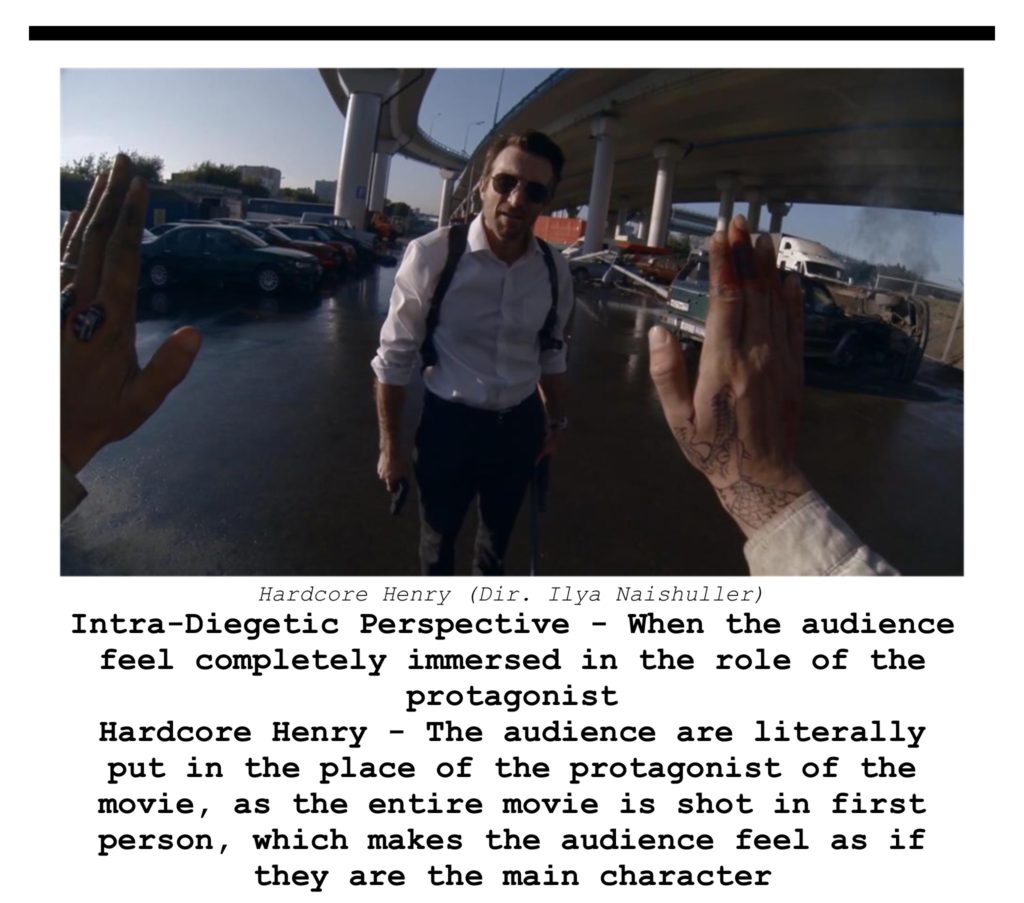

Cinematography & CinemaTographers
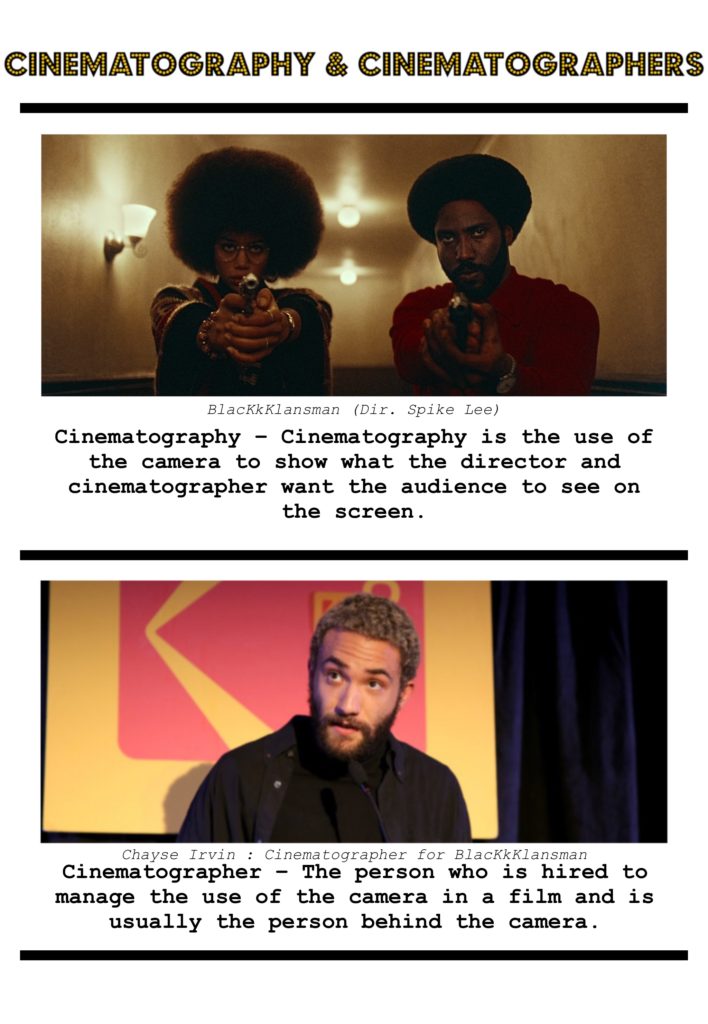
CINEMATOGRAPHY PRACTICAL TASK 1/10/20
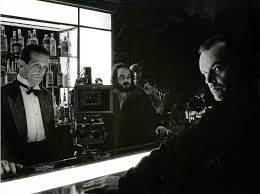
Using your script excerpt from “Joker”, film at least two *insert shots(cut away) using some of Kubrick’s visual storytelling techniques as listed below:
•Steadicam/ Long Take Tracking shot – follow the characters in front or behind (NOT 1st person POV!)
•Symmetrical Composition
•One Point Perspective
•Deep Focus
*Insert shot – a shot used to for informational clarity or to provide dramatic emphasis
KUBRICK CINEMATOGRAPHY – AUTEUR TRADEMARKS
one point perspective – the shot is set up to direct the viewers attention to a particular point (vanishing point). Kubrick used this to make things seem bigger and infinite.
“A one-point perspective shot is when all the horizontal lines in your frame, if you were to extend them infinitely, would disappear into a point, usually at the center of the frame. That’s the vanishing point.” – New York Film Academy (Feb 2018)
steady cam – use of a camera stabilizer, used to keep camera steady and allow for a smooth shot.
deep focus – everything within the shot is in focus. fore-ground , middle-ground and background in focus.
symmetrical composition – both sides of the shot are mirror images of each other or extremely similar. Creates aesthetically pleasing shots.
